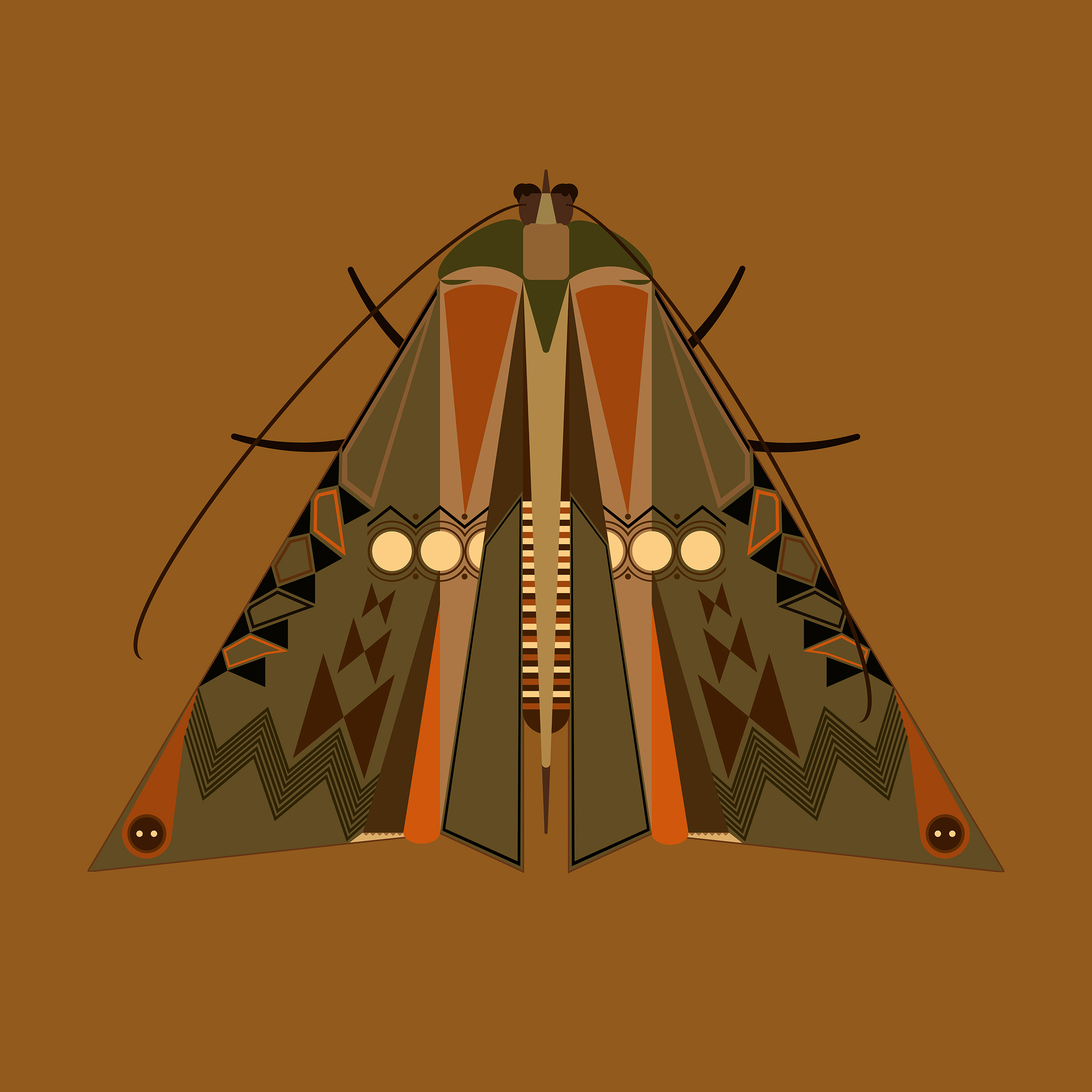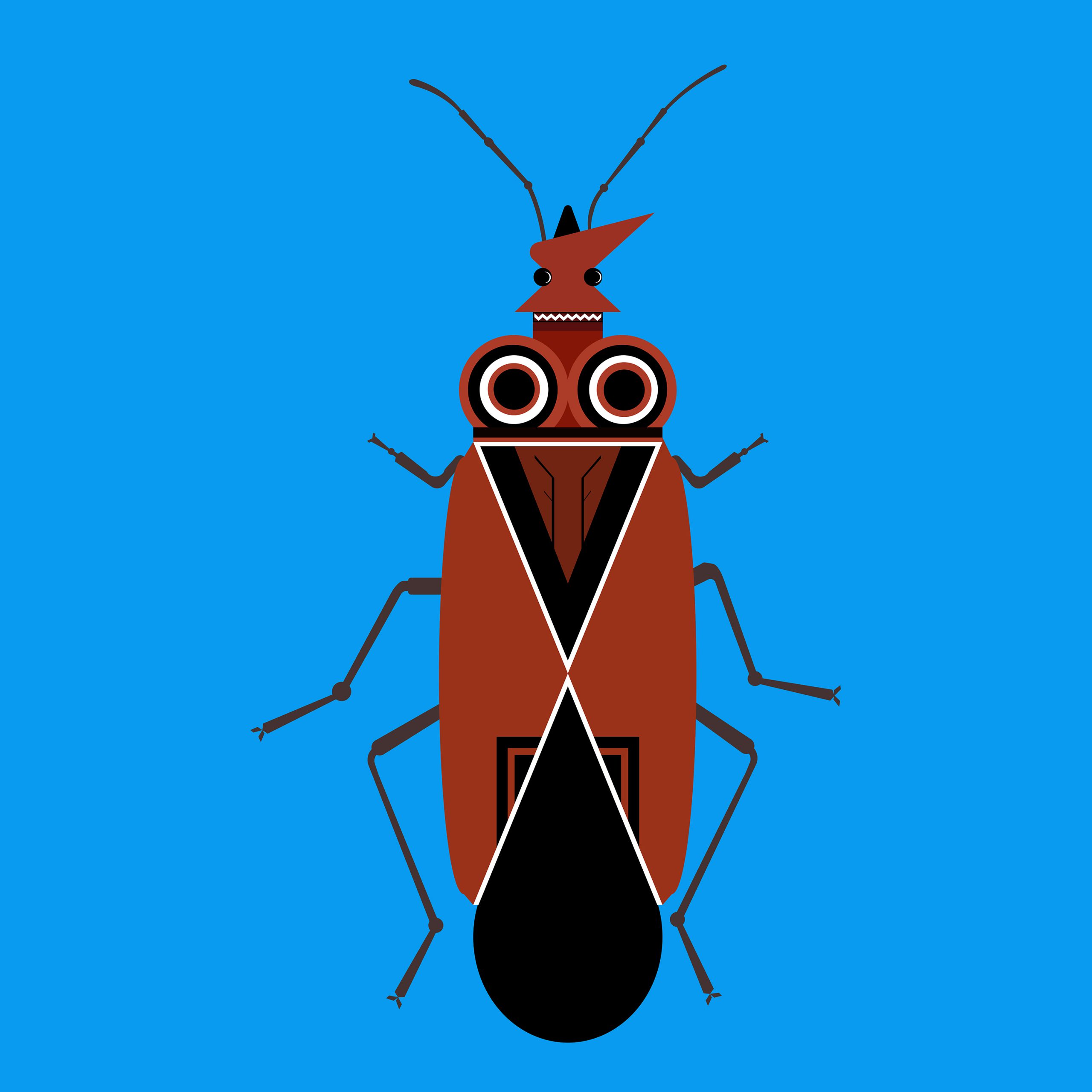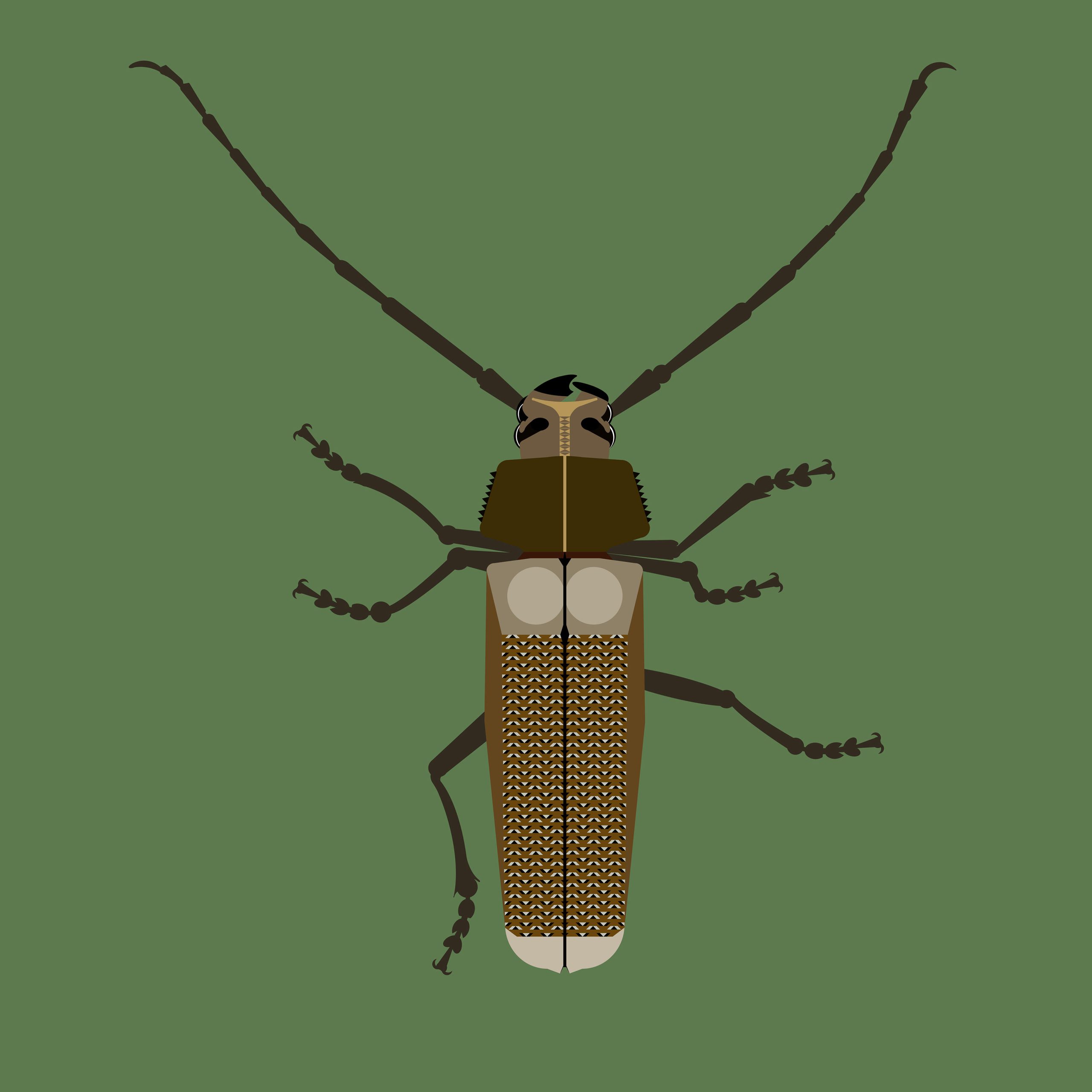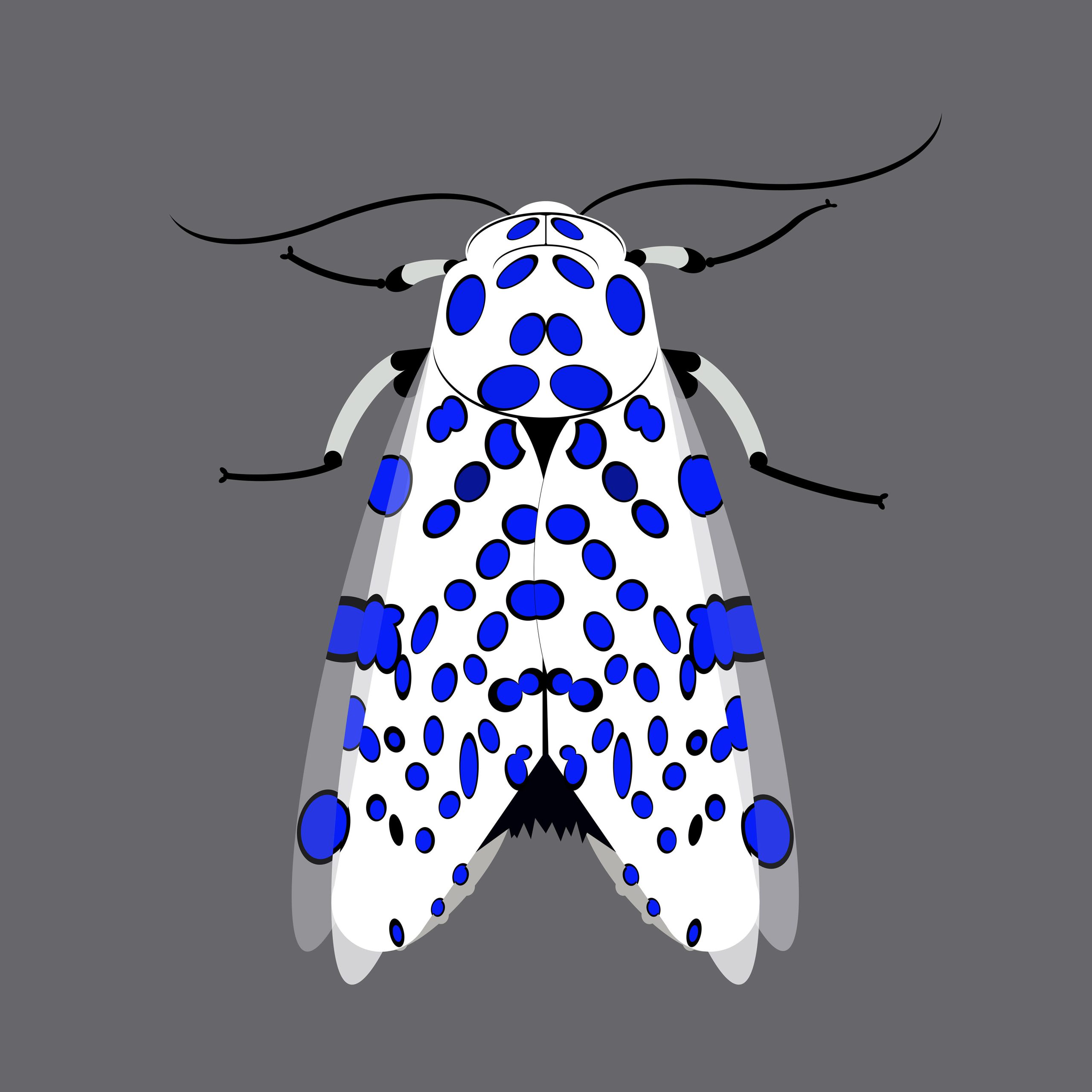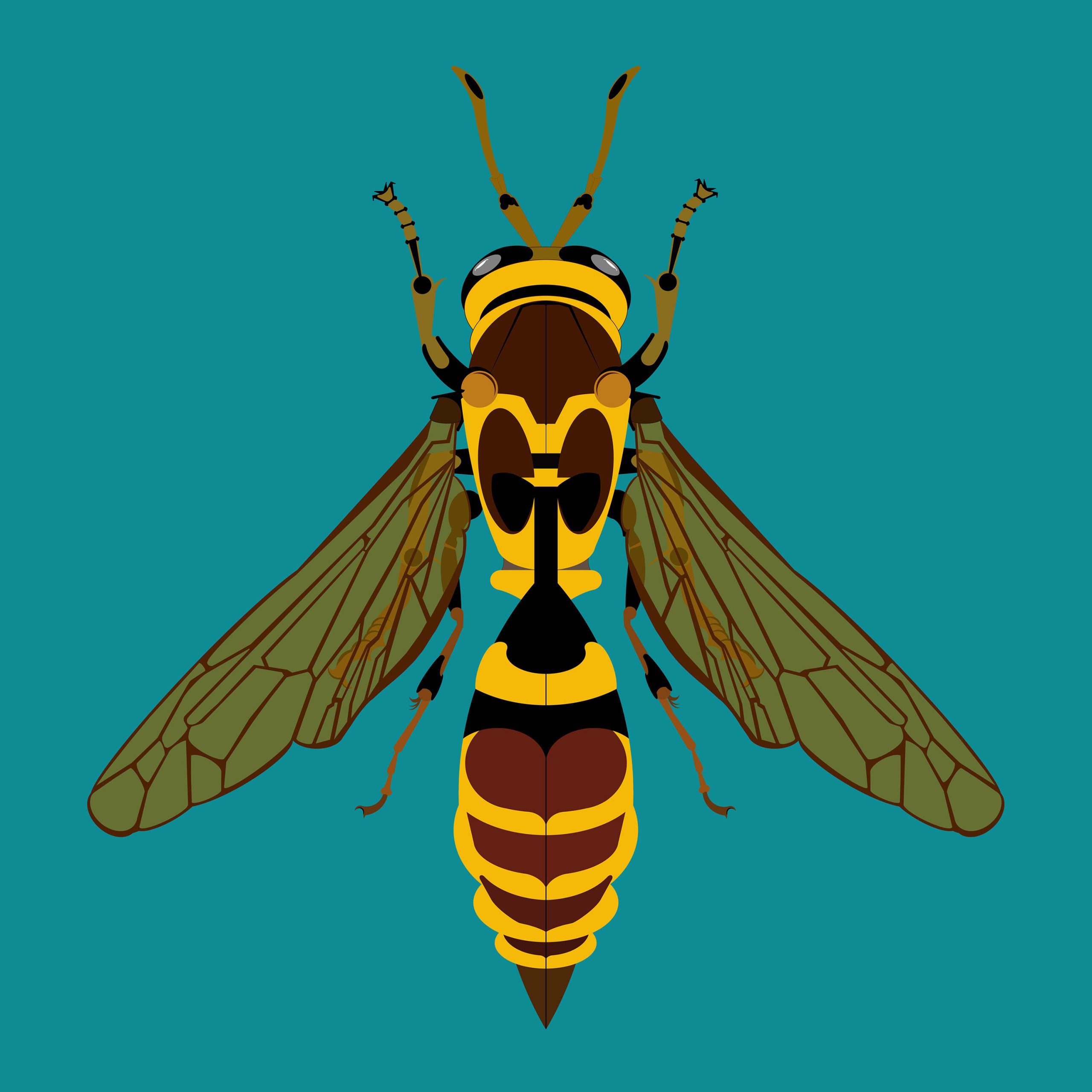Residency: June – July, 2020
Mentor: María Inés Rodríguez
Quisqueya Henríquez is a Cuban-Dominican artist, living and working in Santo Domingo, Dominican Republic.
Working across collage, print, video, installation, and sound, Henriquez connaturalises stereotypes originating in corporeal notions of beauty and athleticism, and expanding to manifest destinies perpetuated by contemporary ideals of cognitive ability, economic achievement, political power, and art history. Her playful, phenomenological, and often participatory conceptualism aims to lure viewers into states of criticality. Henríquez’s work experimentally collapses vertiginous hierarchies to envision a reality beyond dominant structures in society. She tests the limits of authorship via appropriation and digital mechanisation as well as collaboration and public participation. She shares her own authorship and asks viewers to rethink distribution of cultural capital.
She has exhibited in several art institutions in Latin America, United States and Europe, including Bronx Museum of the Arts, NY; Artist Space, NY; Brooklyn Art Museum, NY;Museo Del Barrio, NY; Perez Art Museum, Miami; Allen Memorial Art Museum AMAM, Oberlin Ohio; RISD Museum, Providence, Rhode Island; Museo Rufino Tamayo, Mexico; Museo Carrillo Gil, México; Museo Latinoamericano de Buenos Aires, MALBA, Argentina; Espacio Cultural Sergio Porto, Rio de Janeiro, Brazil; IFA Gallerie, Bonn and Berlín.
During the several months of confinement in 2020, Quisqueya Henríquez worked in Las Terrenas, a rural area in the Dominican Republic, allowing her to deepen her observation and interest in insects that began in 2002 as a result of a series of readings on tropical nature. In residency at TP in June and July, 2020, she shared her research and observations on our digital platforms.
Special thanks go to Ediciones de a poco @david_puig_ , Ernesto Paredano @paredano , Ruth Bastardo @ruth_bastardo and Emmanuelle Coccia @unicamens for his inspiring text. @quisqueyahenriquez
POSTED: @tropicalpapers_29.06.2020 to 06.08.2020
Quisqueya Henríquez
From the Series Las Terrenas: Residente 1
Digital drawing
INSECTS “They are everywhere. They are numerous. They are capable of differentiating themselves from each other like no other type of living being. The vast majority (90%) of animal biodiversity is the result of their anatomic dandyism: it is estimated that there are between six and ten million species. Their somatic imagination is, however, not limited to the invention of new specific identities. They also have, in the course of the same individual lifespan, the ability to shape for themselves such different bodies that for a long time it was believed they were magical beings capable of shifting from one species to another. It is as if they manage to condense within the plurality of forms of a single continuous individual existence the drive towards the proliferation of forms that exist between species: for insects, planetary biodiversity is a matter of personal virtuosity.”
-Excerpt from Métamorphoses, Emanuele Coccia, Ed. Rivages, 2020. (Kindly translated by David Puig)
Quisqueya Henríquez
From the Series Las Terrenas: Residente 2
Digital drawing
“The book Picturing Tropical Nature, written by Nancy Leys Stepan, fell into my hands in 2002. At that time, I was investigating how to clandestinely plant a tropical tree around the IFA Gallerie in Bonn, Germany. To plant in a public park the seed of a coconut palm or Real brought from the Dominican Republic, and that in time would grow without anyone being able to explain how. The last chapter of Picturing Tropical Nature is dedicated to Roberto Burle Marx. The author tells us that the force of tropical nature was a key episode for him in the process of ‘self-conscious acceptance’. This process began with the experimentation and mixing of tropical plants, with which Burle Marx sought to achieve new visual effects, exploring the aesthetic possibilities of Brazil’s endogenous flora in his garden designs.
Without this book, but especially this chapter, I would perhaps not have started at that time to document and observe the insects on which the drawings are based. It guided me in the process of understanding the outer space and natural environment of Las Terrenas from another perspective and another sensibility”.
– Quisqueya Henríquez
From the Series Las Terrenas: Residente 3
Digital drawing
For this drawing, Quisqueya Henríquez invited artist and musician Ernesto Paredano to create a specific sound. Ernesto Paredano is a composer who develops his work mainly in the audiovisual field. He is a classical pianist and creative director at @setentayocho.
Quisqueya Henriquez
From the Series Las Terrenas: Residente 4
Digital drawing
“As part of my artist residency at Tropical Papers I have been talking with Dominican entomologist Ruth Bastardo. A large part of her research is based on scientific illustrations and photography. I am interested in her vision of these drawings that have certain creative freedom from their real representation.
“How do I feel as an entomologist about the drawings not being faithful copies of the insects, but rather artistic interpretations?
I think the fundamental thing here is that art does not owe a debt to science. They are exercises distinct from our spirituality that have necessary and interesting points of encounter. We have seen this throughout the history of mankind. The contemplation of nature is translated in different ways, with different languages, all valid. I rejoice in this and hope to see many more of these drawings. They do not compete or contradict the scientist’s appreciation, because it is a different way of seeing nature, concrete but at the same time transformed by our spirit.
This elegant moth is called Hypercompe Decora. It’s not easy to see, but if she opens the wings, we would discover that the abdomen is colorful, mainly yellow. She has various chemical tricks to defend against enemies. She is native to Mexico, Cuba and Dominican Republic.”
–Quisqueya Henriquez
Ruth Bastardo is Director of the Institute of Botanical and Zoological Research of the Autonomous University of Santo Domingo (UASD), where she teaches courses in various specialties such as Biology, Entomology and Zoology, among others.
Quisqueya Henriquez
From the Series Las Terrenas: Residente 5
Digital drawing
Looking into the life and work of artist, naturalist and entomologist Maria Sibylla Merian, born in Frankfurt in 1647. I found these notes about her, written by George McGavin. I am also deeply moved by his work and grateful that he has made a connection between Merian’s impressive world and how crucial insects are to the current environmental challenges we face. Merian’s art and personal history is valued as one of the greatest botanical artists and has provided fertile ground for a number of art historians and gender studies.
– Quisqueya Henriquez
“Maria Sibylla Merian was a true scientist and an influential entomological pioneer. She was ahead of her time and her spirit lives on inside anyone who sets out to explore or asks a question of nature. But the natural world has changed a great deal in the last few centuries. The biological diversity Merian saw in the forests of Surinam must have been intoxicating and overwhelming [… ] Since Merian’s day more than half of all wilderness has been lost. Maria Merian would be rightly horrified but she would be pleased to know that much of what is known about genetics, physiology, behaviour and ecology comes from the study of insects. She would be absolutely delighted that the secrets of insect metamorphosis and the intricate biochemical mechanisms orchestrating the process have been unraveled but especially that her lifetime passion had become a mainstream academic pursuit.” ( George McGavin)
George McGavin was born in Glasgow. He studied Zoology at Edinburgh University, followed by a PhD in entomology at Imperial College and the Natural History Museum in London. After 25 years teaching at Oxford University he became a TV host.
